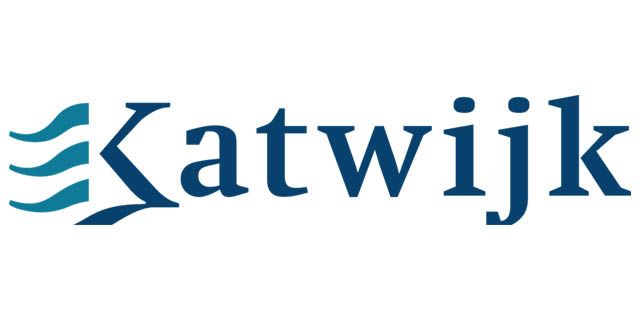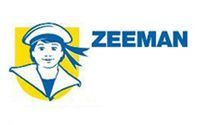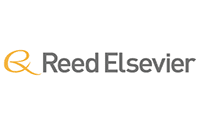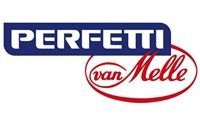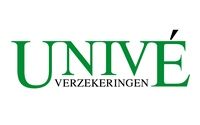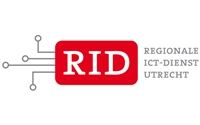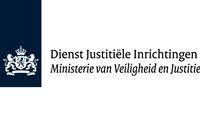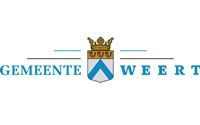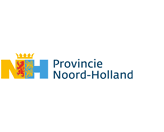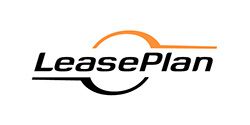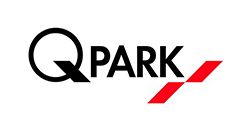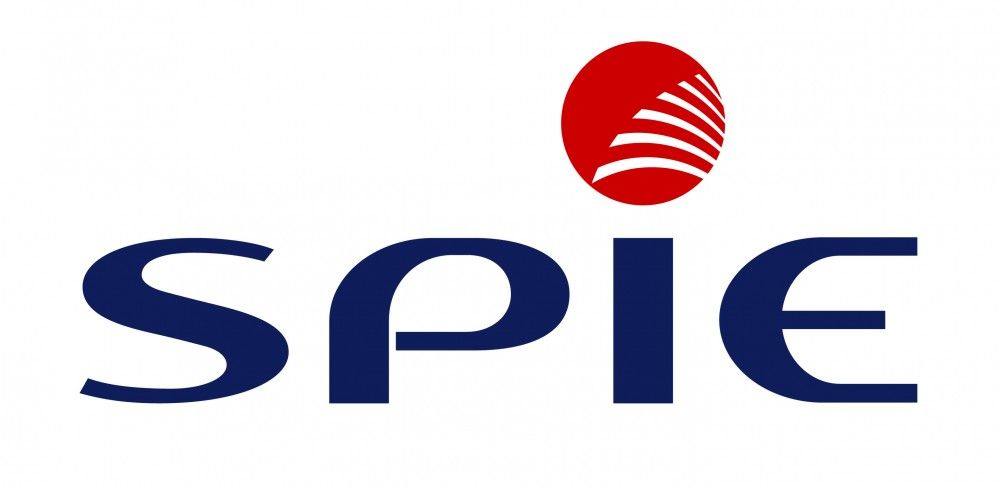Cursusbeschrijving
This 5-day instructor-led course provides you with the skills and knowledge needed to plan, design, and implement a Windows 8 desktop infrastructure. The course provides guidance on planning and deploying desktops by using several technologies such as User State Migration Tool (USMT), Microsoft Deployment Toolkit (MDT), Virtual Desktop Infrastructure (VDI), and more. Additionally, the course describes how to protect desktops and monitor their health and performance.
{tab Doelgroep}The course is primarily intended for IT Professionals who manage the desktop environments for organizations, and want to specialize in Windows 8 desktop deployments.
{tab Voorkennis}Knowledge equivalent to Windows 2012 MCSA and general familiarity with System Center 2012.
{tab Certificering}This course helps to prepare for exam 70-415: Implementing an Enterprise Desktop and Device Infrastructure
{tab Overige informatie}This course is part of the requirement for the MCSE: Desktop Infrastructure certification
{/tabs} {slider Cursusinhoud|closed}Module 1: Assessing and Determining Desktop Deployment Options
This module describes the enterprise desktop lifecycle and explains how you canassess hardware and infrastructure readiness. The module then describes how to identify and select the most appropriate deployment option based upon organizational requirements.
- Overview of the Enterprise Desktop Life Cycle
- Assessing Hardware and Infrastructure Readiness for a Desktop Deployment
- Overview of Enterprise Desktop Deployment Methods
- Volume Activation Technologies for Enterprise Desktops
- Describe the enterprise desktop life cycle.
- Explain how to assess hardware and infrastructure readiness for a desktop deployment.
- Describe the available methods for deploying enterprise desktops.
- Describe volume activation technologies for enterprise desktops.
Module 2: Planning An Image Management Strategy
This modules describes Windows image formats and helps you to define an efficient image management strategy based upon business requirements.
- Overview of Windows Image Formats
- Overview of Image Management
- Describe image formats used for Windows desktop deployments.
- Determine the type and content of images used in an image management strategy.
Module 3: Implementing Desktop Security
This module describes how to deploy and manage a secure desktop by implementing centralized policies, BitLocker settings, and Encrypted File System (EFS) settings.
- Implementing a Centralized Desktop Security Solution
- Planning and Implementing BitLocker
- Planning and Implementing Encrypted File System
- Implement a centralized secure desktop solution by using Group Policy settings.
- Plan and implement device encryption by using BitLocker.
- Plan and implement a centrally managed EFS solution to secure file and folders on enterprise desktops.
Module 4: Capturing and Managing a Desktop Operating System Image
This module describes how to use the Windows Assessment and Deployment Kit (ADK) and Windows Deployment Services (WDS) to create, capture, and manage a desktop operating system image.
- Overview of Windows ADK
- Managing the Windows Preinstallation Environment
- Building a Reference Image Using Windows SIM and Sysprep
- Capturing and Servicing a Reference Image
- Configuring and Managing Windows Deployment Services
- Identify the purpose and key features of the Windows Assessment and Deployment Kit (Windows ADK).
- Describe the Windows Preinstallation (Windows PE) environment and how it can be customized to address specific image and deployment requirements.
- Describe the Windows Setup and preparation process and how it can be modified using answer files created with Windows SIM and the Sysprep utility.
- Use Deployment Image Servicing and Management (DISM) to capture and service a reference image.
- Configure and manage Windows Deployment Services (WDS) to help support an image capture and deployment solution.
Module 5: Planning and Implementing User State Migration
This modules describes how to use the User State Migration Tool (USMT) to migrate appropriate user data and settings to a new desktop operating system.
- Overview of User State Migration
- Planning User State Migration by Using USMT
- Migrating User State by Using USMT
- Describe the concept of user state migration and identify the features available in USMT 5.0 to assist in the migration task.
- Plan the appropriate scenario, data to be migrated, and storage location for a user state migration task.
- Migrate user state by using USMT 5.0.
Module 6: Planning and Deploying Desktops Using the Microsoft Deployment Toolkit
This module describes how to use the Microsoft Deployment Toolkit (MDT) 2012 to deploy Windows operating systems in lite touch installation scenarios.
- Planning for the Lite Touch Installation Environment
- Implementing MDT 2012 for Lite Touch Installation
- Integrating Windows Deployment Services with MDT
- Identify the process and components needed to plan a Lite Touch Installation (LTI) environment.
- Understand the process and tasks needed to implement MDT 2012 to support LTI.
- Describe how Windows Deployment Services can be configured to integrate with MDT 2012.
Module 7: Planning and Deploying Desktops by Using System Center 2012 Configuration Manager
This describes how to use System Center 2012 Configuration Manager to implement a zero touch installation for deploying enterprise desktops.
- Planning the Zero Touch Installation Environment
- Preparing the Site for Operating System Deployment
- Building a Reference Image Using a Configuration Manager Task Sequence
- Using MDT Task Sequences to Deploy Client Images
- Identify the infrastructure and components required to support a Zero Touch Installation scenario.
- Describe the preparation tasks required to support operating system deployment using Configuration Manager 2012.
- Describe how Configuration Manager task sequences are used to build a reference image to be used in a zero touch installation solution.
- Configure a MDT task sequence to be used to deploy a client image.
Module 8: Planning and Implementing a Remote Desktop Services Infrastructure
This module describes how to plan and implement session virtualization deployment and a virtual desktop infrastructure (VDI) based upon Windows Server 2012 Remote Desktop Services.
- Overview of Remote Desktop Services
- Planning the Remote Desktop Services Environment
- Configuring a Virtual Desktop Infrastructure Deployment
- Configuring a Session-Based Desktop Deployment
- Extending the Remote Desktop Services Environment to the Internet
- Describe how Remote Desktop Services supports VDI and session virtualization deployment.
- Plan the appropriate infrastructure and role requirements for a Remote Desktop Services environment.
- Describe processes and tasks needed to configure a VDI deployment scenario.
- Describe processes and tasks needed to configure a session-based desktop scenario.
- Describe the components needed to extend remote desktop services to the Internet.
Module 9: Managing User State Virtualization For Enterprise Desktops
This module describes how to plan and configure user state virtualization to provide a consistent desktop client experience.
- Overview of User State Virtualization
- Planning User State Virtualization
- Configuring Roaming Profiles, Folder Redirection, and Offline Files
- Implementing Microsoft User Experience Virtualization
- Describe the components, benefits, and technologies that makes up USV.
- Describe the planning process used to assess and implement User State Virtualization.
- Configure roaming profiles, folder redirection, and manage offline file settings.
- Describe the planning and tasks required to implement Microsoft UE-V.
Module 10: Planning and Implementing an Updates Infrastructure to Support Enterprise Desktops
Students will be able to plan and implement an updates infrastructure to support both physical and virtual enterprise desktops.
- Planning an Updates Infrastructure for the Enterprise
- Implementing Configuration Manager 2012 to Support Software Updates
- Managing Updates for Virtual Machines and Images
- Using Windows Intune for Managing Software Updates
- Describe considerations and methods used for implementing an enterprise-based updates infrastructure.
- Describe how to use Configuration Manager 2012 to deploy and manage software updates.
- Describe how software updates can be managed for virtual machines and images.
- Describe how Windows Intune can be configured to deploy and manage software updates.
Module 11: Protecting Enterprise Desktops from Malware and Data Loss
This module describes how to use System Center technologies such as Endpoint protection and Data Protection Manager (DPM) to protect enterprise desktops from malware and data loss.
- Overview of System Center 2012 Endpoint Protection
- Configuring Endpoint Protection Client Settings and Monitoring Status
- Using Windows Intune Endpoint Protection
- Protecting Desktops by Using System Center 2012 Data Protection Manager
- Describe how System Center 2012 Endpoint Protection is configured to provide malware protection for desktops.
- Configure the Endpoint Protection client settings and monitor Endpoint Protection status.
- Describe how to integrate and configure Windows Intune to provide endpoint protection services.
- Describe how System Center 2012 DPM can be used to protect enterprise desktops.
Module 12: Monitoring the Performance and Health of the Desktop Infrastructure
This module describes how to identify and monitor relevant services and components to ensure the health and performance of the enterprise desktop infrastructure.
- Performance and Health Monitoring for the Desktop Infrastructure
- Monitoring the Virtual Desktop Infrastructure
- Describe methods used to monitor the performance and health of the physical desktop infrastructure.
- Describe methods used to monitor the health and performance of the virtual desktop infrastructure
Meer weten over dit onderwerp?
Benieuwd naar de mogelijkheden van een cursus? Vraag vrijblijvend meer informatie aan en we sturen je binnen 24 uur meer informatie op over het desbetreffende onderwerp.
